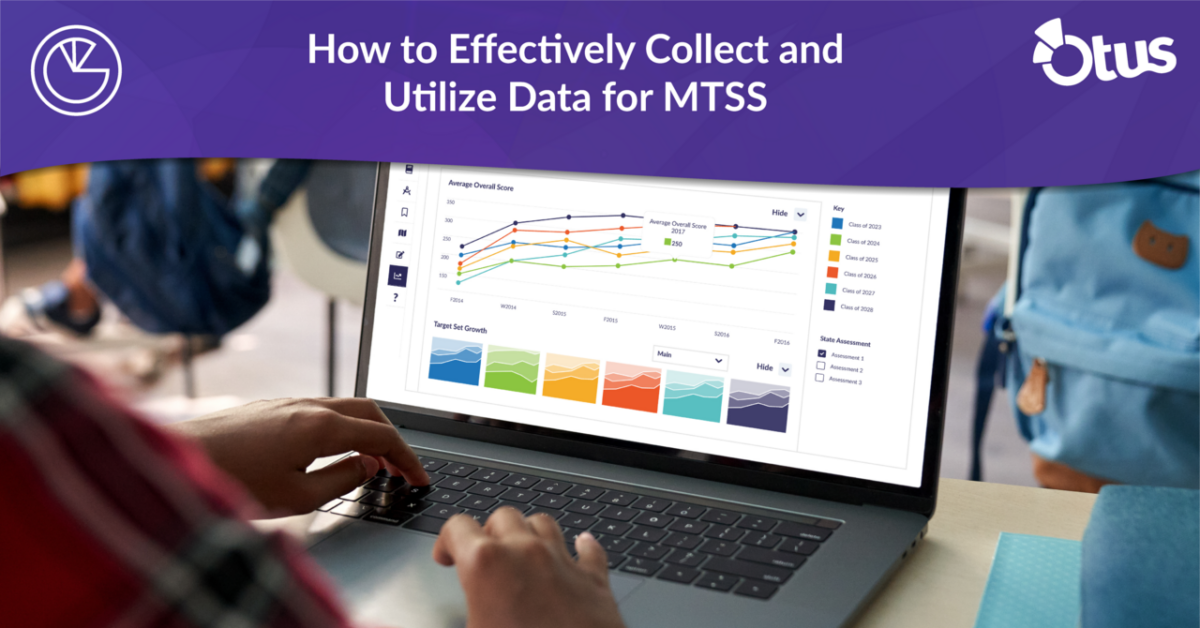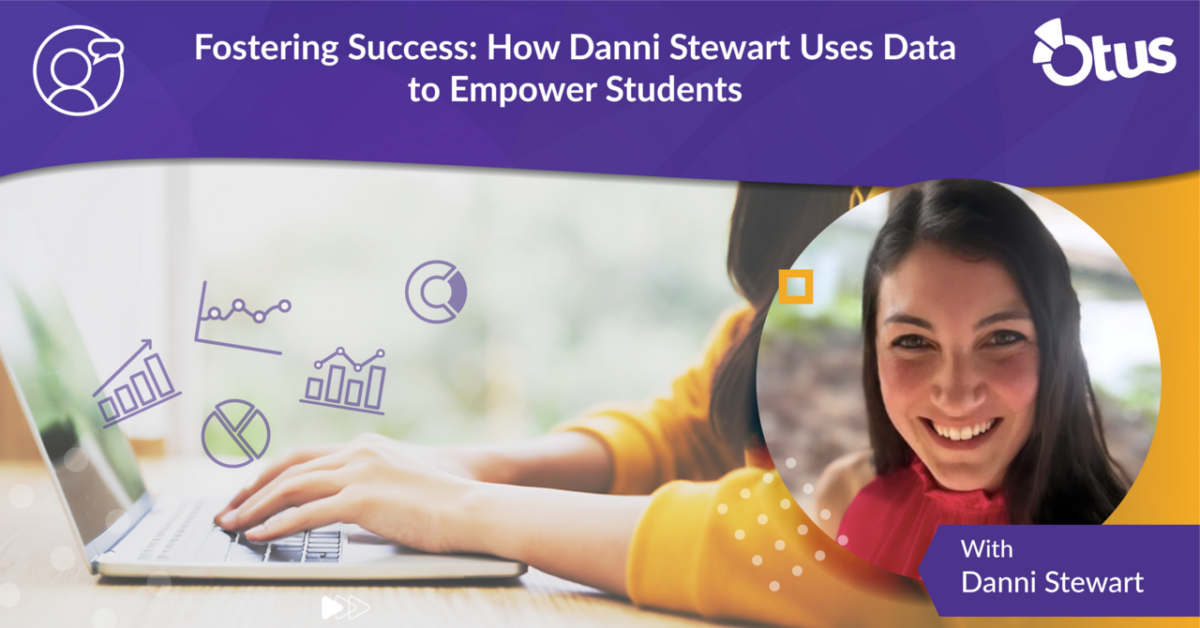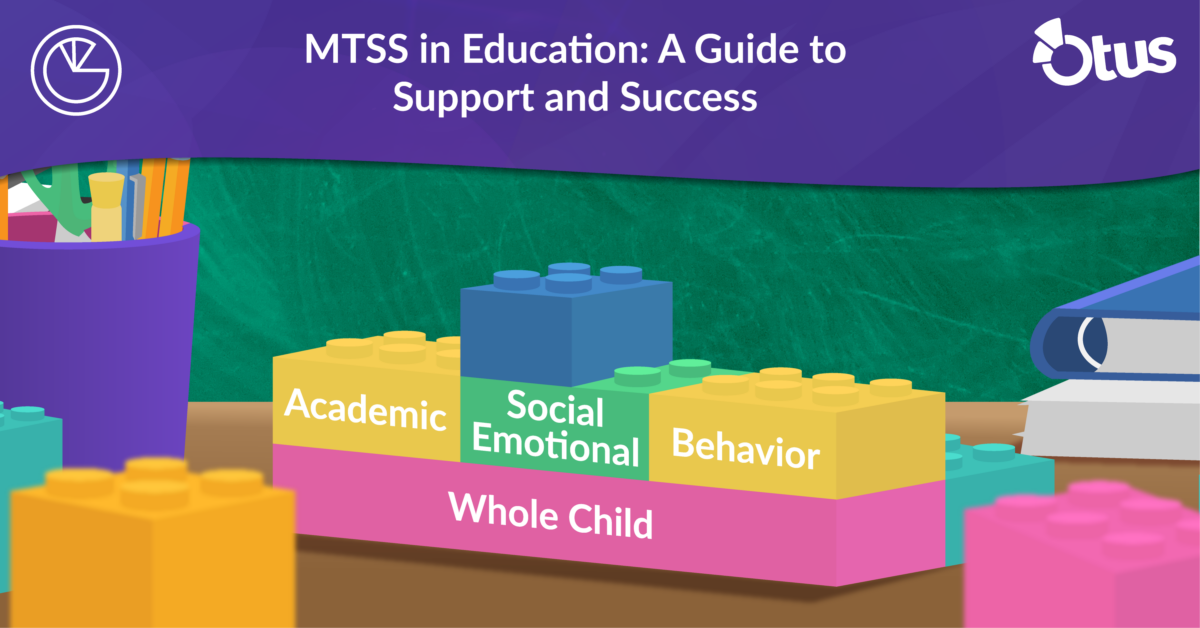There is a great deal of talk about student growth in education these days. What most people may not realize is that educators have been talking about student growth and progress for years and years. The challenge educators encounter is making the growth conversation actionable in the moment so a teacher can improve student learning.
Educators are becoming more transparent about student growth. Administrators and teachers are having the growth conversation at the classroom level to bring the discussion to the source of daily work with students. In order to further improve student learning, we need to help our teachers understand student growth and effectively use the data they have to inform instruction.
The steps below will help teachers see the impact of their instruction on student growth and result in teachers who have more insight into their students and their learning.
Identify learning targets
The more clear the definition of what students should know and be able to do is, the easier it is for teachers to develop and select aligned assessments. Once the learning targets are understood, educators can help ensure that the assessment is a good fit for the targets. Clear targets with an aligned assessment help set the stage for actionable data.
Understand the data
Develop an understanding of the initial assessment data and what the data tells you about what students know and are able to do. The initial assessment needs to be robust enough to provide data on all students. If a student gets all items right on the initial assessment, the teacher will have difficulty planning for growth. In order to know what a student needs to work on, the student needs to get items wrong. The initial assessment should be flexible enough for all students to experience success and challenge while providing teachers with information to determine next steps for each individual student. Teachers need to look at both the overall score a student achieves on an assessment and the goal/standard area breakdown to understand what the data indicates the student is ready to learn (also known as their instructional level).
Start small, but start!
Help the teachers identify how they are going to target work with students at different instructional levels to ensure that all students make progress. Be realistic about the number of standard areas that teachers can target to differentiate for their students so the goal is achievable in the time available. Teachers typically focus on the students who are struggling to address the achievement gap. Administrators may need to help educators identify how they will support their students in the middle and those that are high achievers so all students experience growth.
Review the data and adjust
Set aside time to help teachers review mid-year data. We need to show teachers that we will have an ongoing conversation throughout the year. Teachers need to hear from their leaders that we support and expect them to make mid-course adjustments. We need to make them comfortable with the potential that their initial attempt may not have had the desired effect. The key is making adjustments that help the students who are not progressing and capitalizing on what has already worked. This conversation between the administrator and teacher will help build their collaborative relationship and show that the two are working together to improve student learning. The administrator needs to be supportive in this conversation in order to help build a collaborative relationship.
Reflect and celebrate
Take time at the end of the year to work with teachers to review the progress their students made and celebrate the successes. Identify what students can do instructionally at the end of the year that they could not do at the beginning of the year. Reflecting on the process will help foster the collaborative relationship between the administrator and the teacher and is an opportunity for both people to model their own continuous learning.
If administrators and teachers work together to increase their understanding of student growth, the end result is improved learning for students. What other ideas have you found that help teachers understand student growth?




